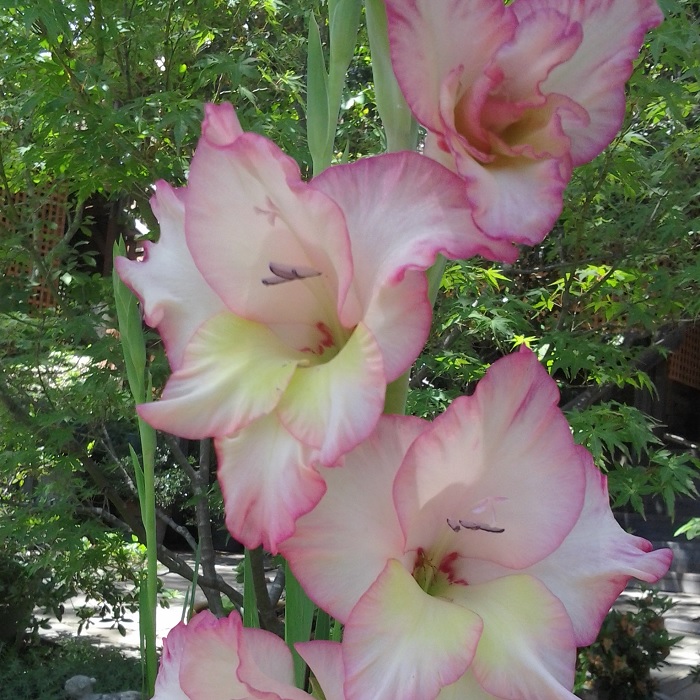UNITED STATES—Like a timely sequel, bulbs are back. Spring blooming bulbs were available in nurseries earlier, so that they could get planted and disperse their roots through winter, and get ready for their early bloom. Since then, Christmas trees came and went as they were replaced by bare root stock. Now that bare root stock is selling, summer blooming bulbs are arriving for late winter planting.
Summer bulbs are not on the same schedule as spring bulbs. Most of the earliest spring bulb bloom while their foliage is still developing. A few daffodil, grape hyacinth and crocus are already blooming prematurely. Summer bulbs start to grow a bit later and grow a bit slower, and then bloom only after their foliage has matured. Some may not bloom until late summer or early autumn.
There are a few similarities between spring and summer bulbs though. Both groups include plants that develop corms, rhizomes, tubers or tuberous roots instead of bulbs. All are known as ‘bubs’ for convenience. Although very different physiologically, they all function about the same way, by storing resources through dormancy so that they can regenerate within their particular season.
Another similarity is that after spring and summer bulbs bloom, and their spent flowers get pruned away, their foliage should remain until it withers. This foliage is what sustains the bulbs below while they replenish resources to survive through the next dormancy. (Actually, most bulbs replace themselves with new bulbs.) This foliage will want water and fertilizer like any other perennial.
Unfortunately, even with regular watering and fertilizing, the most popular spring and summer bulbs are not really as reliably perennial as they are purported to be. Except for the few types that thrive and naturalize like daffodils (spring) and crocosmia (summer), most bloom very impressively only in their first year, and then bloom meagerly in their second year, if they bloom again at all.
Crocosmia, dahlia, hardy orchid (Bletilla), canna and classic big white calla are the most reliable summer bulbs. Smaller colorful callas are not as easy, but are worth trying. Gladiolus, tuberous begonia and the various lilies are so spectacular that no one minds if they bloom only for one summer. Astilbe, liatris and various alliums work nicely behind where summer annuals will go later.
Highlight: gladiolus
The sword of a gladiator was known as a gladio, and it probably resembled the leaves or floral spikes of gladiolus. These narrow and pointed leaves stand nearly vertical, angling only slightly to the left and right of a single flower stalk that can get as tall as six feet. The floral spike supports several very colorful florets that are arranged to the left and right, but tend to lean toward the front.
The summer bloom can be red, pink, orange, yellow, greenish yellow or white, in bright or pastel hues, and often with multiple colors. Florets bloom upward from the bottom, so lower florets fade before upper florets open. Gladiolus is an excellent cut flower anyway. Taller blooms might need to be staked.
New bulbs should be planted about now, at least four inches deep, and about four or five inches away from each other. Gladiolus want well drained soil and full sun exposure.







